Hiking the Grand Canyon from the south rim to the north rim is a challenging hike that'll test you mentally and physically — perhaps even spiritually — but will compensate you with an experience steeped in unique natural beauty. At the end, it'll fill you with a feeling of accomplishment that's almost overwhelming. Most people who've hiked rim to rim will break it up over multiple days to lessen the physical burden and to take more time to enjoy the journey. That’s the wise way to do it.
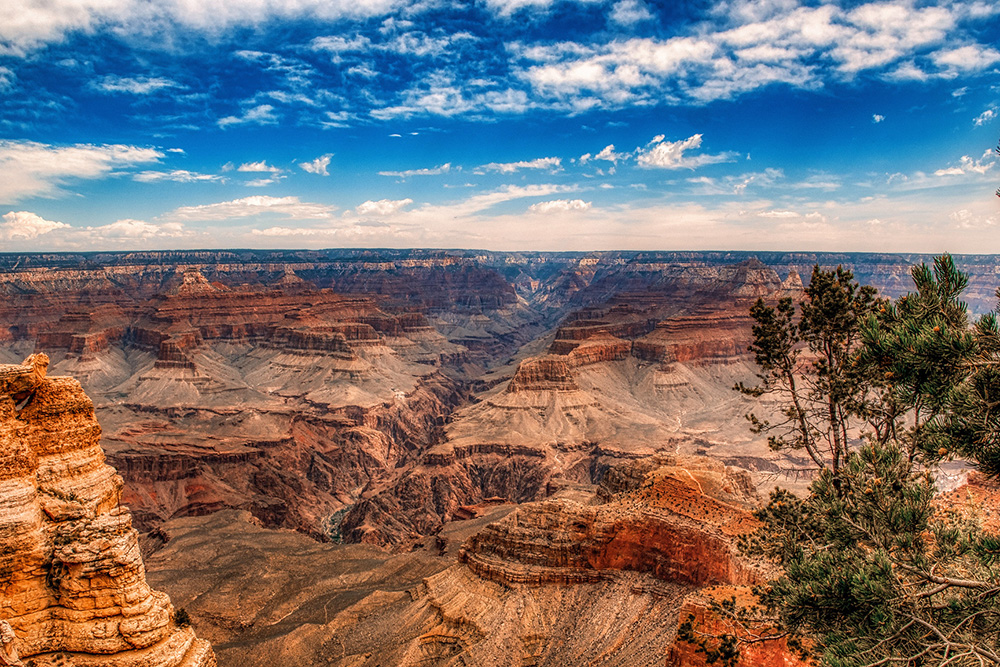
Above: The Grand Canyon offers stunning views and challenging terrain for multi-day hikes. (Photo via Flickr.com/geewhypics – CC BY 2.0)
Three fellow firefighters and I decided we were going to take things a step further and hike rim to rim to rim — across the canyon and back. Not only that, but we did the initial south-rim-to-north-rim trek in one day, and then broke up the return trip over three days. This itinerary dictated we carry four days’ worth of supplies on our backs from one rim of the Grand Canyon to the other, factoring in gear that'd account for snow and ice at the rims and triple-digit heat at the bottom of the canyon, with over 24 miles and 11,000 feet of elevation change between the two points.
Osprey Kestrel 48 Hiking Pack
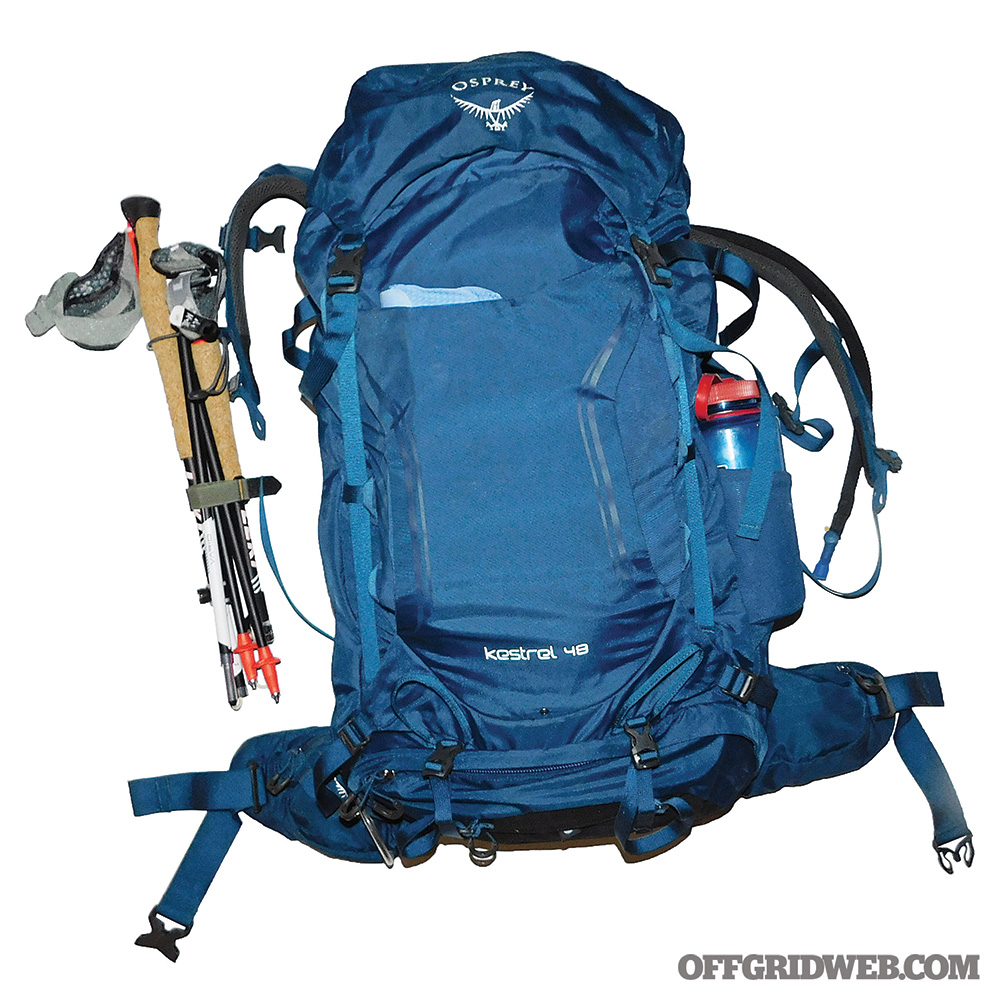
For this expedition I used an Osprey Kestrel 48. In my mind, a 48-liter pack is too large for an overnight hike, but too small for thru-hiking, so it seemed to fit our agenda. Osprey has a reputation of being relatively affordable and highly durable. I needed a pack that was tough and dependable. The backpack itself weighs about 3.5 pounds and has several features that were important to me. The Airscape ridged back panel that allowed my back to breathe, the multiple accessible pockets, side zipper access to the main compartment, and “stow on the go” trekking pole attachments were all key components that fit my personal backpack checklist. Additionally, the zippered waist strap pockets provided quick and easy access to smaller, commonly used items.
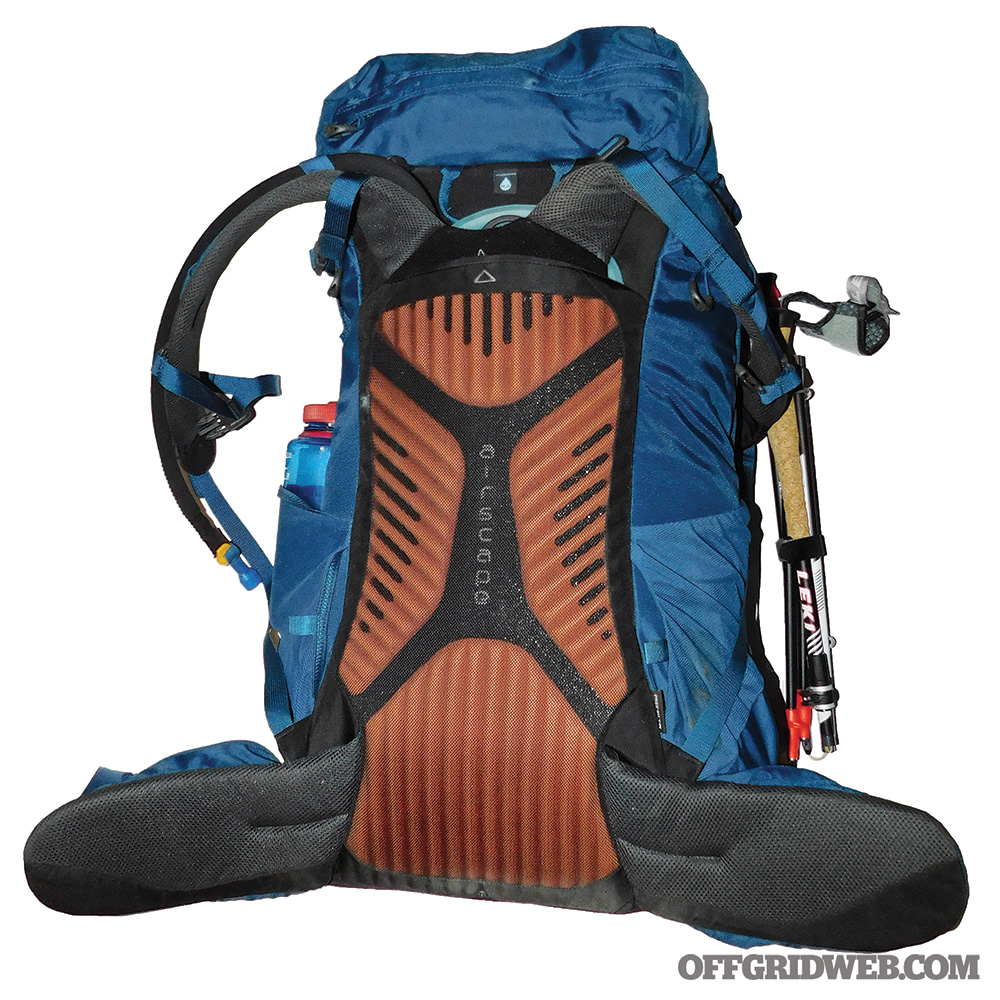
Make & Model
Osprey Kestrel 48
MSRP
$180
URL
osprey.com
Pack Contents
I'm a firm believer in you get what you pay for, especially in the world of adventure and survival, but I also have to operate within my budget. This trip required me to balance high quality in some areas and affordability in others, all at the lightest weight possible. For certain pieces of gear, I spent more to get the quality I needed, and compromised a bit on others. In some aspects, I purposely packed items that added weight but benefitted my overall utility and/or happiness. It’s most certainly a game of give and take.
The gear I packed into the Osprey Kestrel 48:
- Tent (MSR Carbon Reflex 1)
- Sleeping bag (Hyke & Byke 15-degree F650)
- Sleeping pad (ThermaRest NeoAire Xlite)
- Trekking poles (Leki MCT 12 Vario Carbon)
- Pillow (RikkiTikki inflatable pillow)
- Headlamps (2) (Foxelli USB rechargeable)
- Hat
- Sunglasses
- Power bank (Getihu Ultra Slim Portable Charger)
- Jetboil stove
- Food (Mountain House meals, nuts, Goo packs, energy gel)
- Water (CamelBak plus 2 Nalgenes)
- Water Filter (Sawyer Mini)
- Coffee mug (GSI Outdoors Infinity Mug)
- Collapsible bowl (Sea to Summit)
- Long-handle spork (Morsel Spork XL)
- Toiletries
- Sunblock (Sun Bum SPF 50 and lip balm)
- Clothes (base layer/hat/gloves, convertible pants, sweat wicking underwear, socks, shirt)
- First aid kit (including Leukotape and climbing salve)
- Leatherman Micra
- Lighter
- Flip flops
- Garmin inReach Mini satellite communicator
As any backpacker will tell you, there's an art to loading your pack. Some items, such as the sleeping bag, are packed deep inside to reduce, as much as possible, their likelihood of getting wet. Other items are stored in the periphery for quick access. For this trip, my philosophy was based on functionality.
Main Compartment

The main compartment of my Kestrel 48 contained the bulk of the larger, essential items. My sleeping bag, which squeezes down nicely thanks to the compression straps, went to the bottom along with my sleeping pad and tent. I spent extra money on an ultra-lightweight tent, and it was worth every penny. The MSR Carbon Reflex 1 weighs in at a whopping 1 pound, 7 ounces. You barely even know it’s there.
Next was my compression sack of clothes. I didn’t pack a lot — a single change of clothing, two extra pairs of socks and underwear and base layers were the extent of my wardrobe options. Because the weather forecast was dry with a 0-percent chance of rain, I felt cautiously confident about leaving my rain gear in the car.
Next were my cooking items: a small compression sack of food and coffee packets, my lightweight coffee mug, collapsible bowl, a spork, and a Jetboil. I wasn’t sure how hungry I'd be, but I knew that burning a lot of calories meant I had to put a lot of calories in, and I didn’t want to have to empty my pack if I was going to cook a meal. That proved to be more of a chore than I anticipated. I never really got hungry on the hike so I would have to remind myself to eat. The only other item I put on the inside of my pack was a heavily stickered water bottle that has been relegated to a single purpose — it’s for when nature calls in the middle of the night and I don’t want to leave the warmth of my tent. Its stickered decor is to ensure it's not confused with the other water bottle.
Exterior Pockets
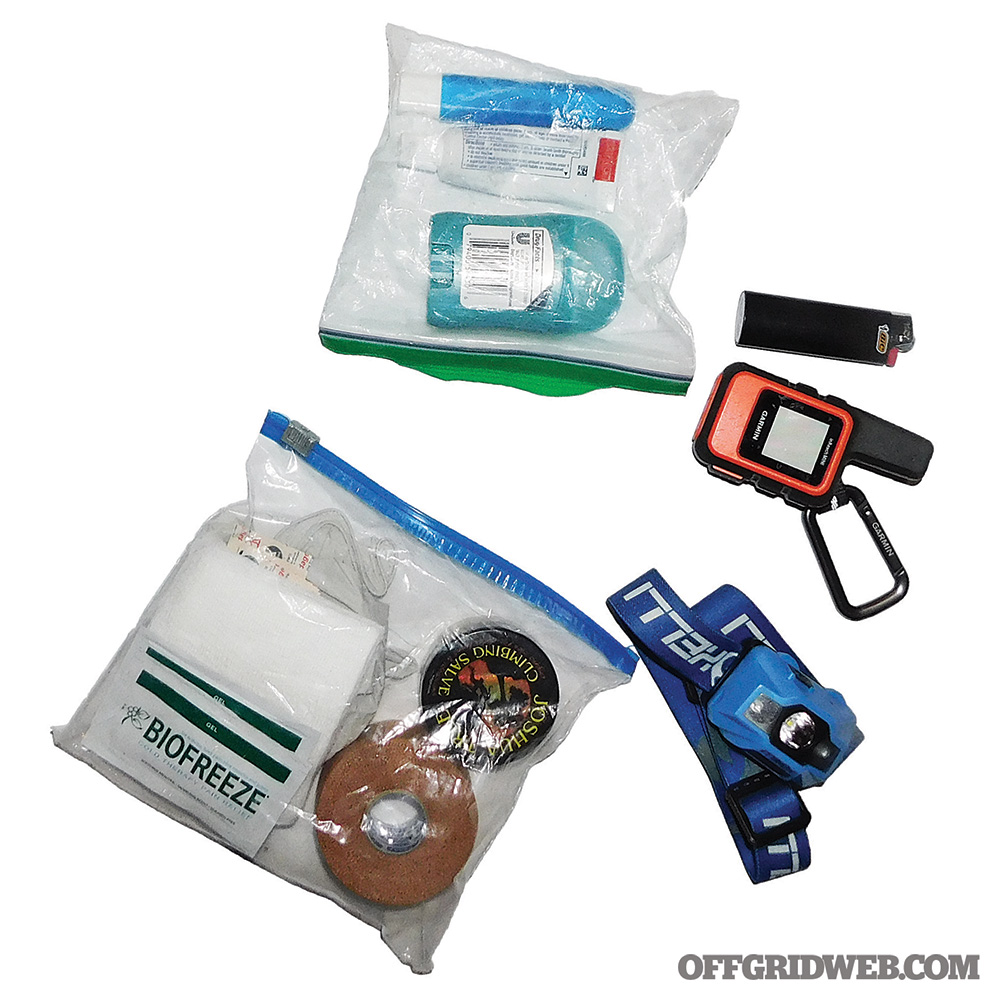
The Osprey Kestrel 48 has a zippered lid compartment where I put my Garmin inReach Mini, first aid kit, a power charger, and my backup headlamp. I also put a lighter and my small bag of toiletries in this compartment. The zippered waist strap pockets were used to store items that could be accessed on the go without dropping the pack: my cell phone, a headlamp, sunblock, a Leatherman Micra, flavored electrolyte tablets, and energy snacks.
Finally, a segregated compartment on the bottom of the pack is where I kept some adverse weather options: a light jacket, a skull cap, gloves, and a pair of light flip-flops for evenings around the tent. The desert can freeze you out at night and unleash relentless heat during the day. Preparation for both was critical.

Closing Thoughts
This bag, with 3 liters of water split between an exterior bottle and a CamelBak, weighed in around 36 pounds. The first time I lifted it, fully loaded, I was surprised at how heavy it felt but then comforted with how natural it felt once on my back. Osprey does a superb job of providing options to customize how the load is carried on your back and hips. Outdoor enthusiasts will agree that one almost bonds with their gear when going toe-to-toe with the terrain and the elements. This pack gives me plenty of room without tempting me to fill it by offering excess space. It will be my go-to for many adventures to come.
More Bag Loadouts
If you're prepping a hiking pack or bug-out bag and need some inspiration, check out some of our previous Bag Drop loadouts:
- Bag Drop: 5.11 RUSH12 Hurricane Response Backpack
- Bag Drop: Mystery Ranch Shift Plus 900 Modular Backpack
- Bag Drop: Viktos Upscale 2 Urban EDC Sling Bag
- Bag Drop: Personal Security Detachment Backpack
Related Posts
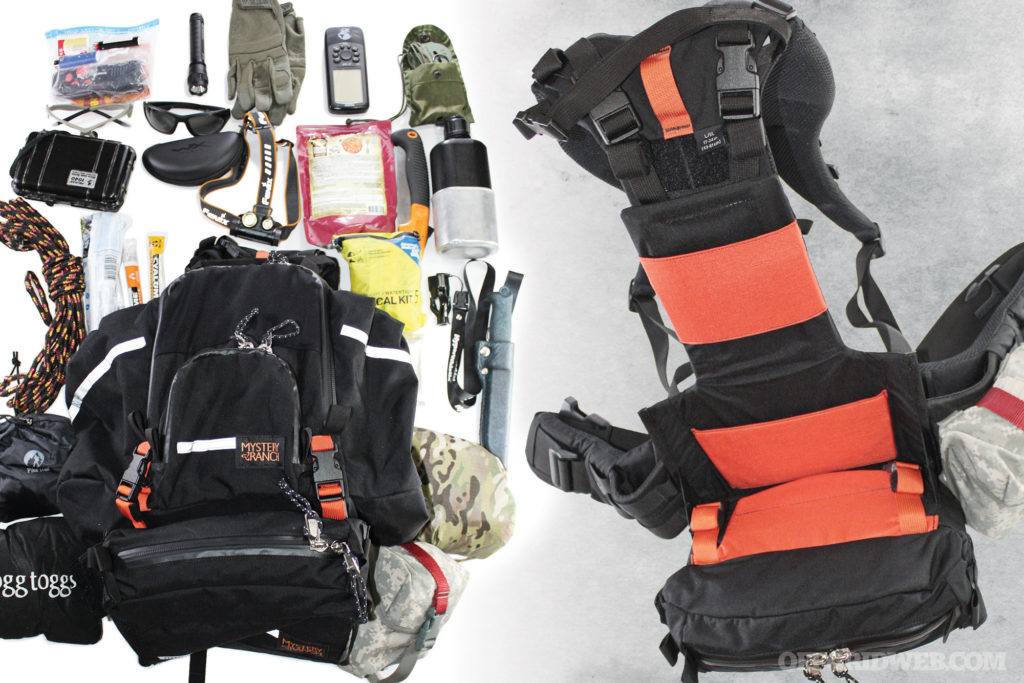
Bag Drop: Mystery Ranch Shift Plus 900 Modular BackpackWorking as a forester and volunteering for search-and-rescue incidents is demanding. The Mystery Ranch Shift Plus 900 is perfect for those tasks.
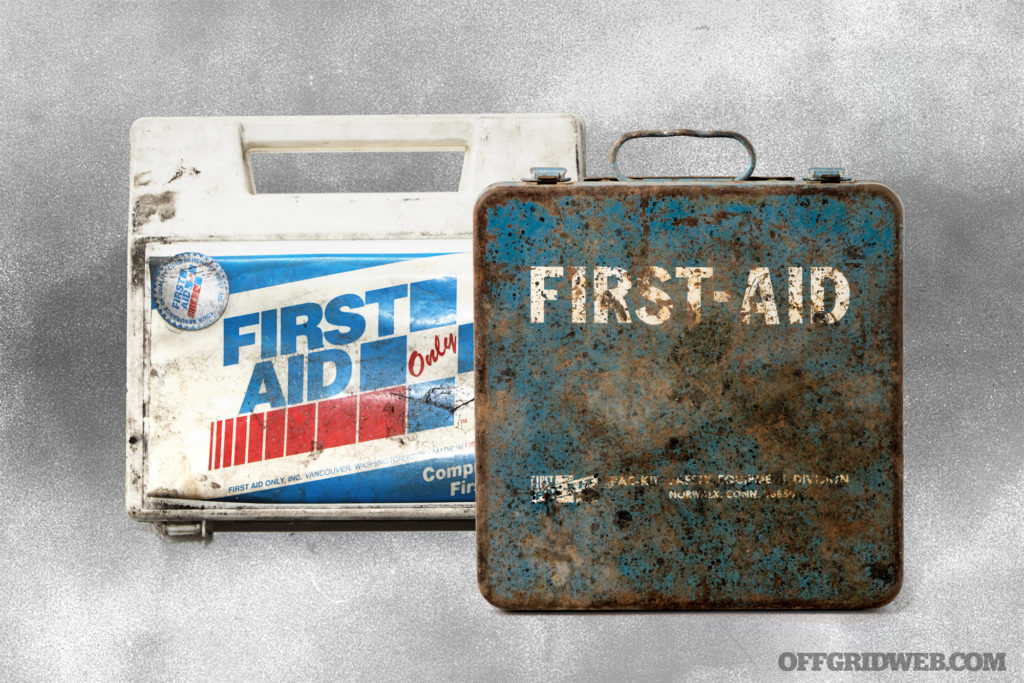
How Outdated is Your First Aid Kit?If you put together a trauma medical kit or individual first aid kit (IFAK) several years ago, it may be outdated or expired.
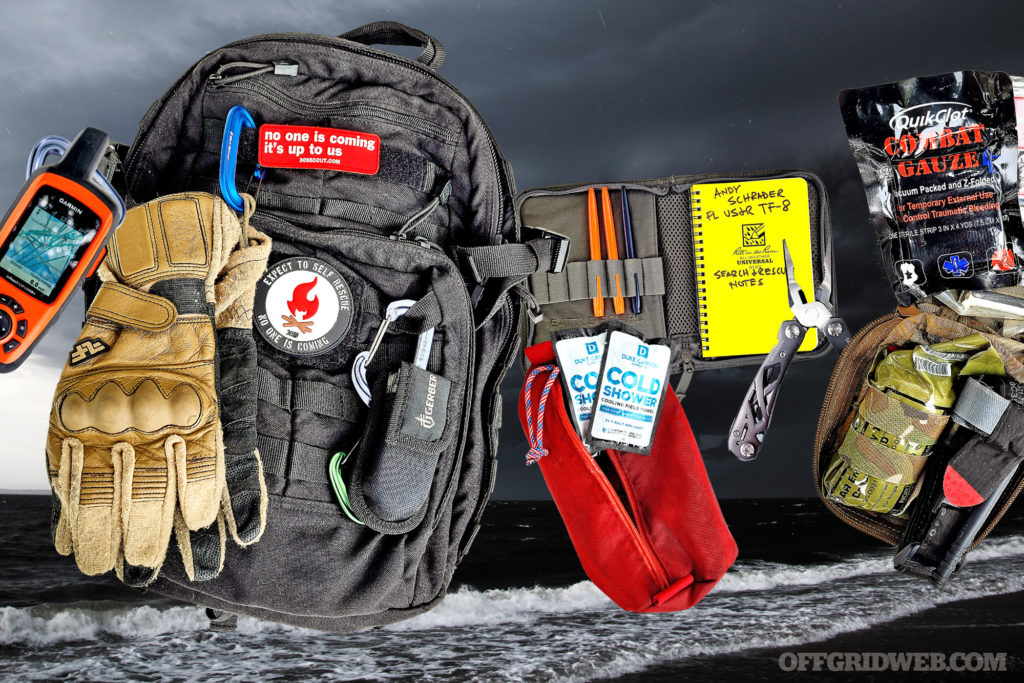
Bag Drop: 5.11 RUSH12 Hurricane Response BackpackThe RUSH12 is my “12-hour pack” used for the 16- to 18-hour shifts that we end up working during a hurricane search and rescue deployment.
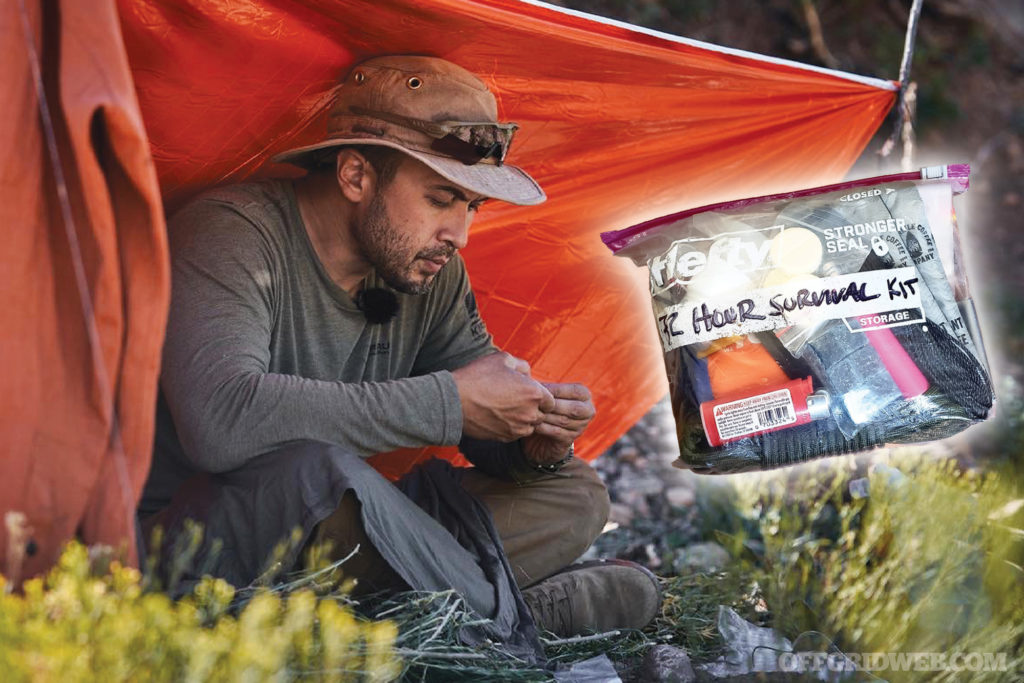
Fieldcraft Survival 72-Hour Ziploc Bag ChallengeFieldcraft Survival founder Mike Glover challenged me to survive for 72 hours in the desert with only the contents of a 1-quart Ziploc bag.
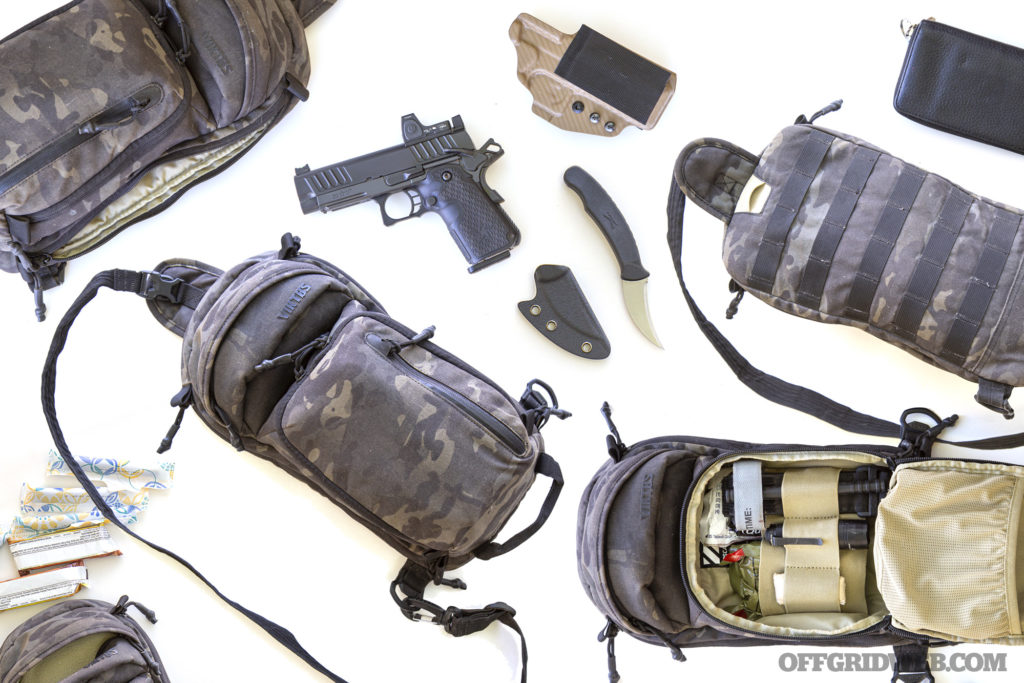
Bag Drop: Viktos Upscale 2 Urban EDC Sling BagThis Viktos Upscale 2 sling bag belongs to one of our female freelance photographers, who wears it instead of carrying a traditional purse.
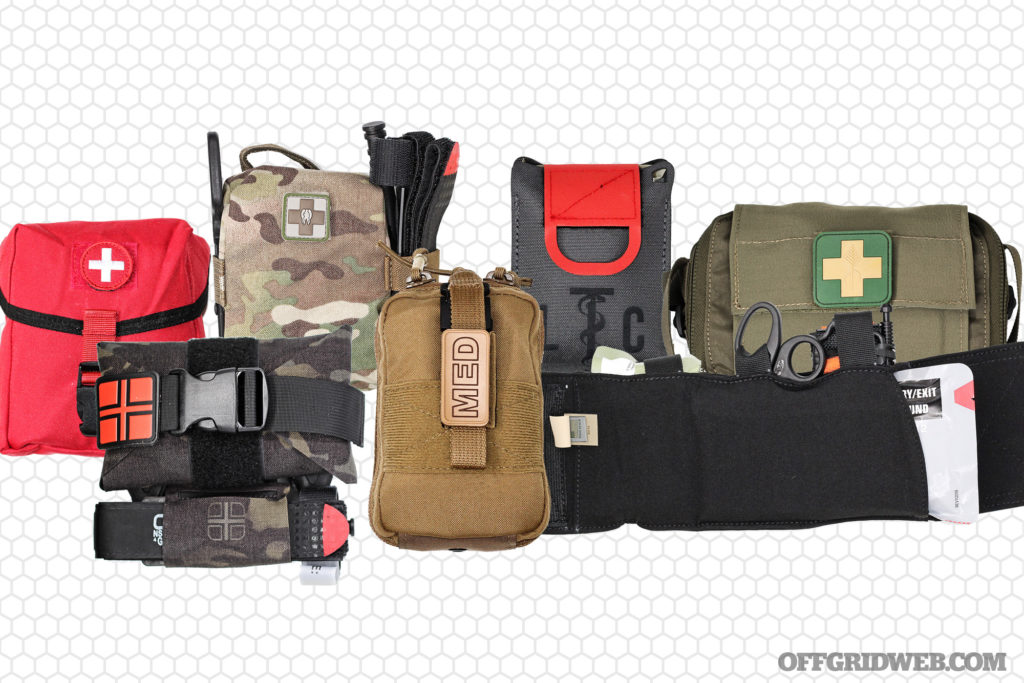
Pocket Preps: IFAKs for Everyday CarryThe IFAK (Individual First-Aid Kit) has been a standard military item for generations and has become common with other first responders.
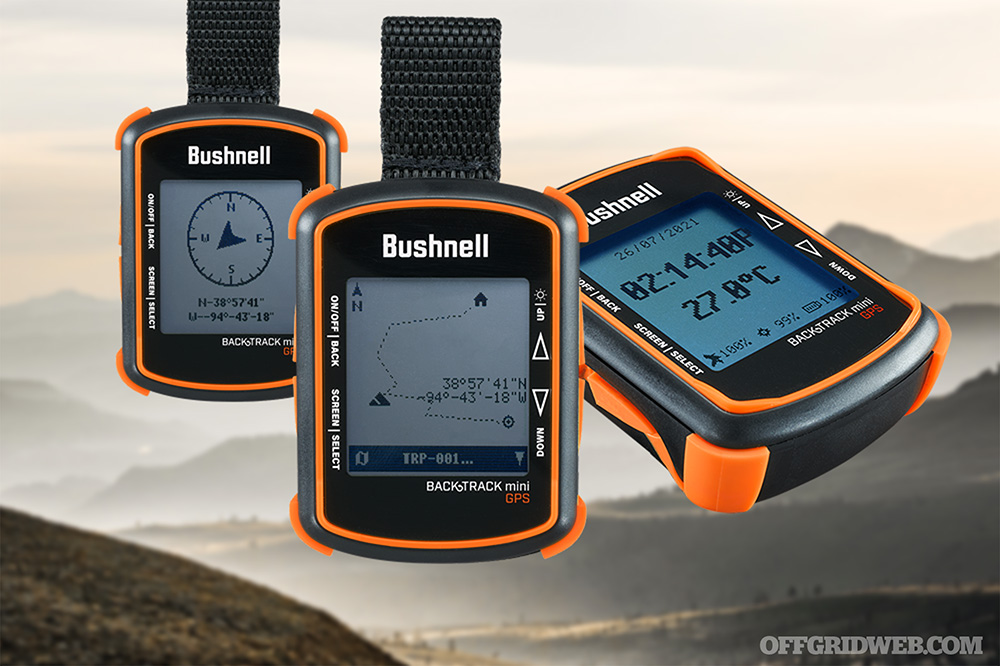
New: Bushnell BackTrack Mini GPS UnitThe new Bushnell BackTrack Mini GPS unit offers navigation, weather tracking, and Bluetooth connectivity at an affordable price point.
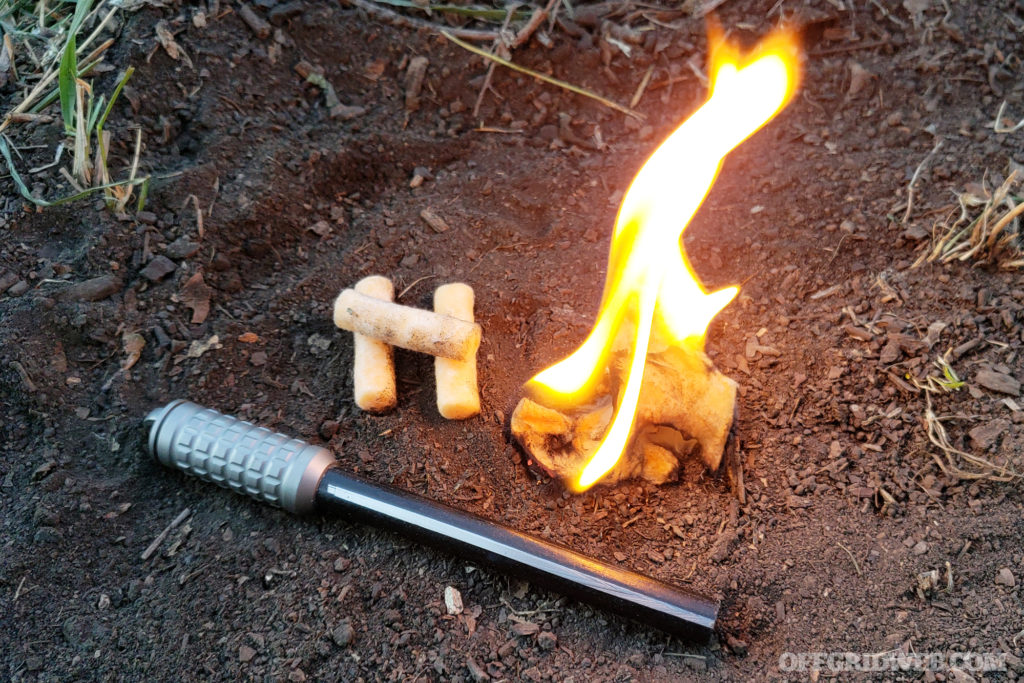
Pocket Preps: Fire Starters & Tinder Buyer's GuideWe’ve assembled a collection of modern fire starters and tinder that primitive man would’ve clubbed someone over the head for.
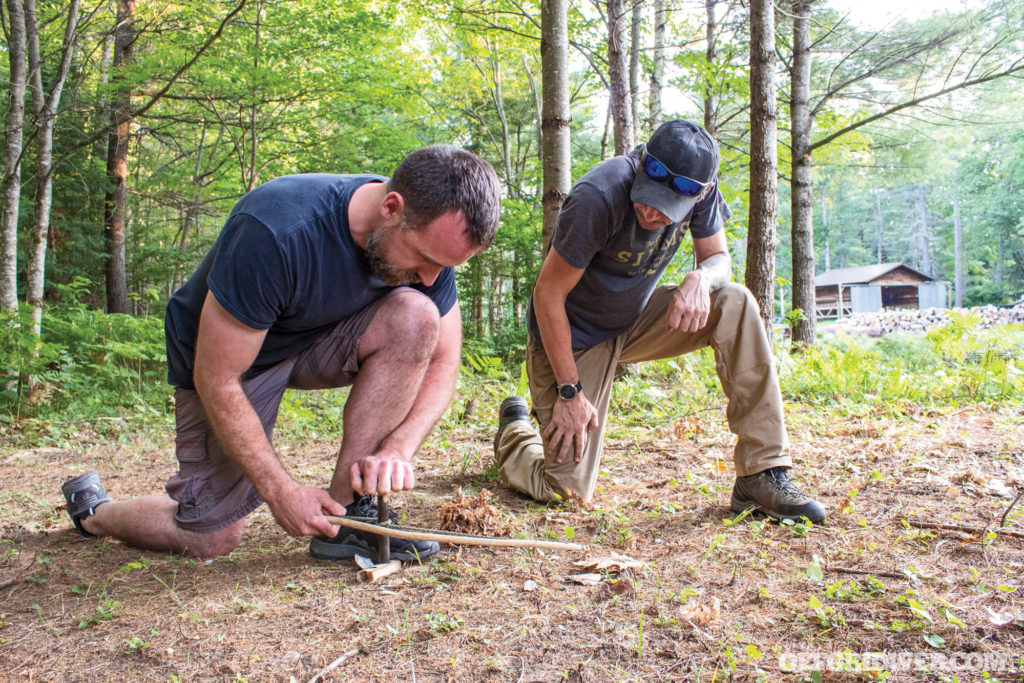
Jerry Saunders Interview: At Home in the InhospitableJerry Saunders is a Marine veteran, bladesmith, founder of Corvus Survival, and expert in cold-weather survival skills.
The post Bag Drop: Hiking the Grand Canyon with an Osprey Kestrel 48 appeared first on RECOIL OFFGRID.
By: Offgrid Staff
Title: Bag Drop: Hiking the Grand Canyon with an Osprey Kestrel 48
Sourced From: www.offgridweb.com/gear/bag-drop-hiking-the-grand-canyon-with-an-osprey-kestrel-48/
Published Date: Thu, 14 Jul 2022 11:00:23 +0000
-------------------------------------------------------------------------
 CampingSurvivalistHuntingFishingExploringHikingPrivacy PolicyTerms And Conditions
CampingSurvivalistHuntingFishingExploringHikingPrivacy PolicyTerms And Conditions
